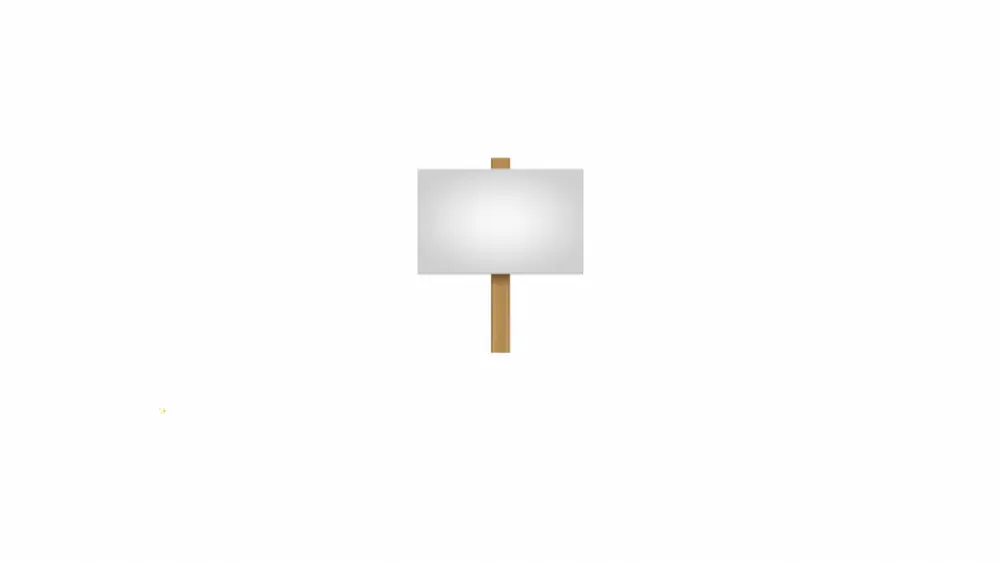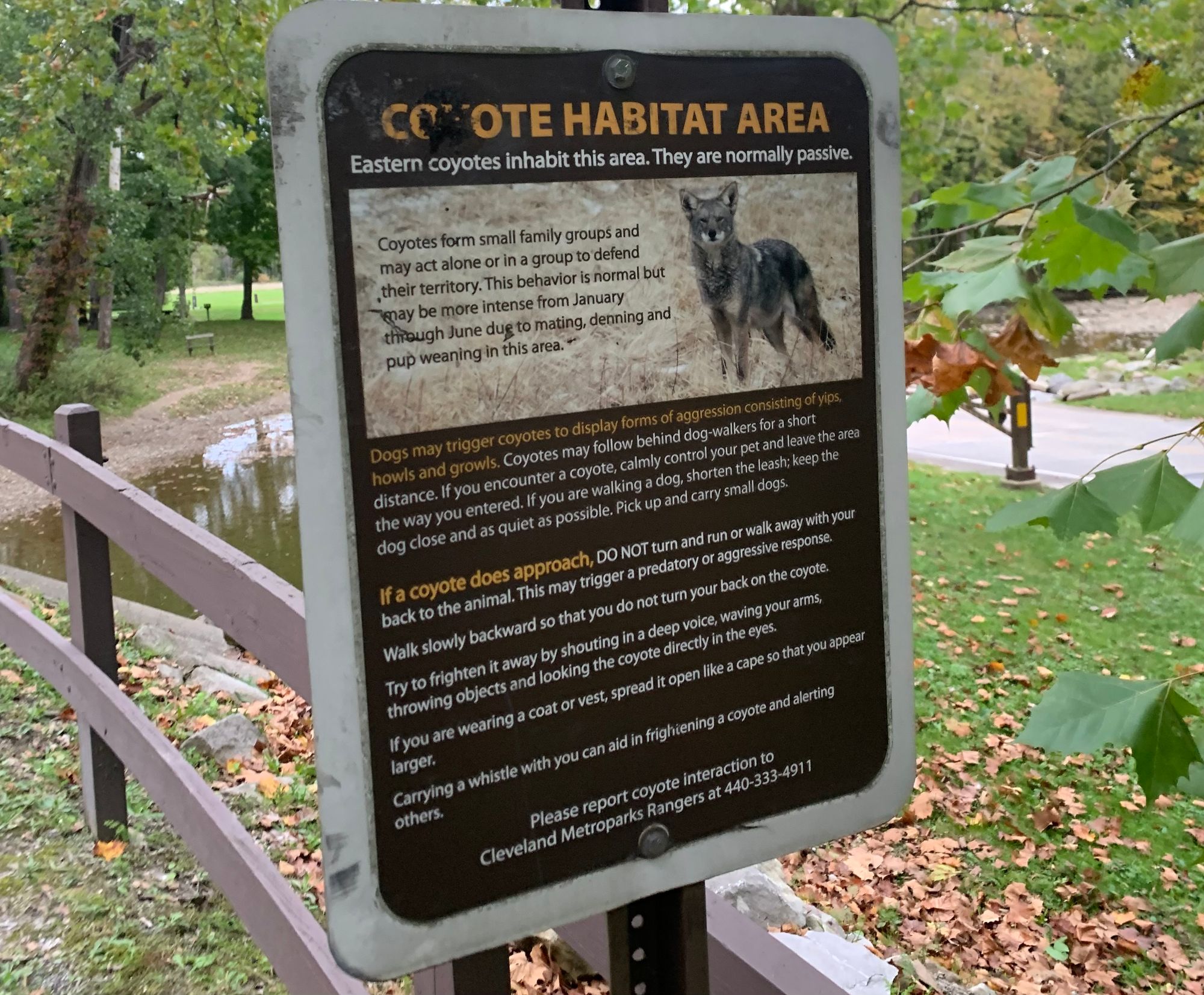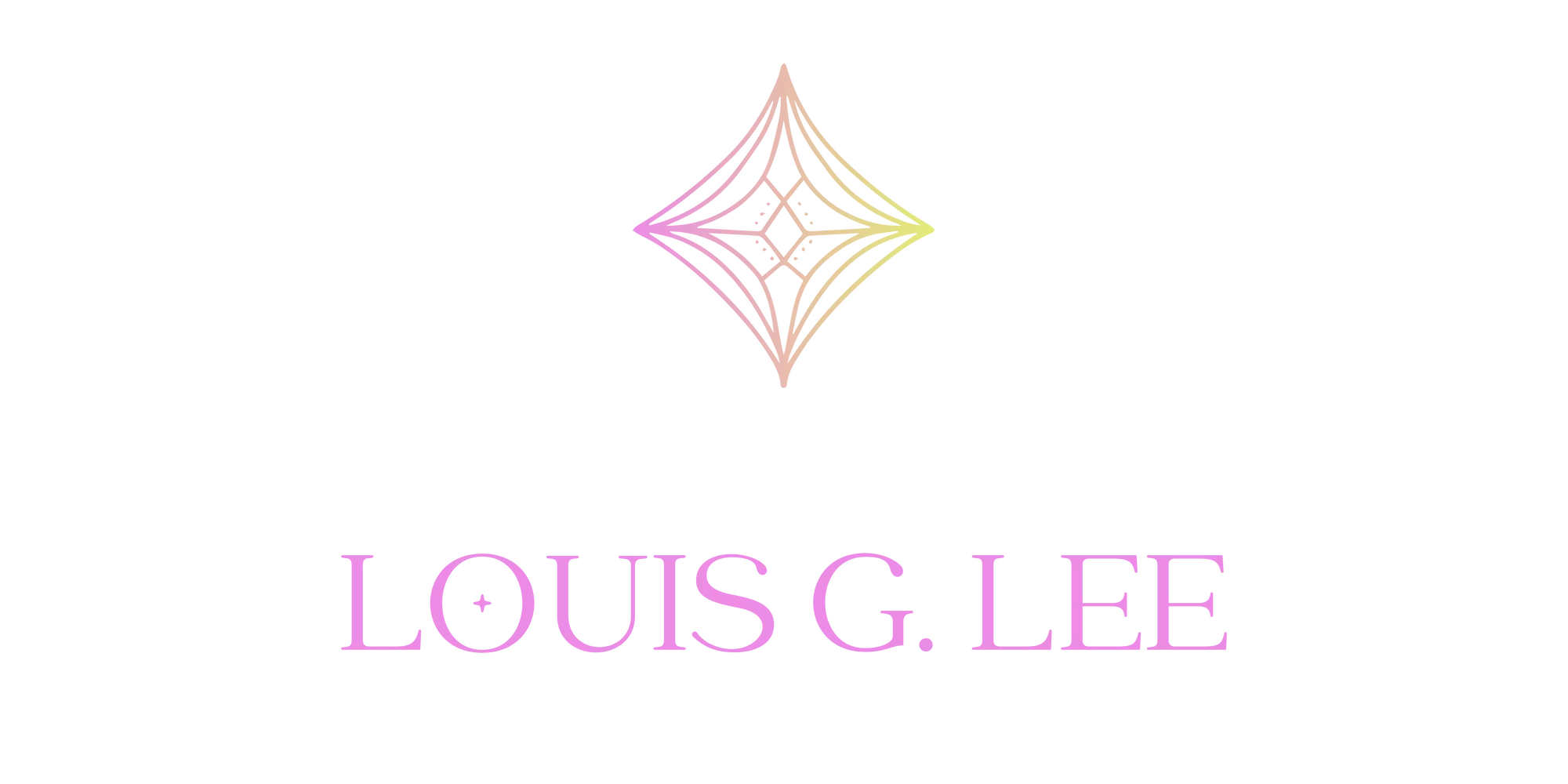The Lines We Make
The lines we make are everywhere. Some are helpful; others are harmful. Find out which ones are which.

As I stepped onto the Brecksville Reservation, I was looking for a sign that read Chippewa Creek Trail but, instead, found a coyote notice.

To the left of this sign seemed to be an unmaintained pathway, something I didn’t expect after looking at Google Maps and my trail guide. It seemed as if there had been foot traffic on the path before me, but whether it was from people or coyotes, I’d never find out without going in.
Fortunately, Coyotes are generally passive but get territorial during some parts of the year. Unfortunately for some bird or rodent, fifteen minutes into my hike, I heard a high pitch squeal that resembled a coyote attack I was near a few years back in Mill Creek Park.
I kept trucking along on what seemed to be a path, continuously checking Google maps to see if I was heading in the right direction. I got to the endpoint on the map and decided to keep going up and around the creek, where I knew another trailhead was closer. As I got to the new trailhead, I pulled out a map at the kiosk and reviewed the trails in that area. Chippewa Creek Trail wasn’t even on the map, which made sense.
Fortunately, I was in a metropolitan area with access to roads, but I realized that you have to triple-check your routes before heading out for a hike on a new trail, and many of the lines we make are real but don’t exist.
The line between Canada and the United States is real to the border patrol who checks your passport, but that line doesn’t exist for a coyote migrating from Minnesota. The line that sets the standard between you and your partner doesn’t physically exist but is real emotionally when crossed. And the line at the grocery store filled with people waiting to swipe a plastic card in exchange for food is real, even though the numbers from one bank to another don’t physically exist.
There are lines everywhere. Some are physical, while others are not. The lines we draw are only helpful if they help us head in the right direction. These are the ones that exist and help towards real progress. The unhelpful lines are the ones that may exist but are harmful to the reality you face. If a map says to go straight, but there’s a ditch in your way, go around or go backward. If you said you wouldn’t allow being treated a certain way by someone else, don’t allow it even when it’s convenient to let it go. And when you see something that’s wrong, don’t trick yourself into believing that it’s right just because everyone else is doing it.
Nature doesn’t care about our excuses and rationalizations. You may be able to kick the can down the road in the comfort of your home, but the truth of reality will always show you if you’re heading on the right path or not.
To follow along with the Chippewa Creek Trail hike and others like it, click here now: https://bit.ly/3emLAu3

